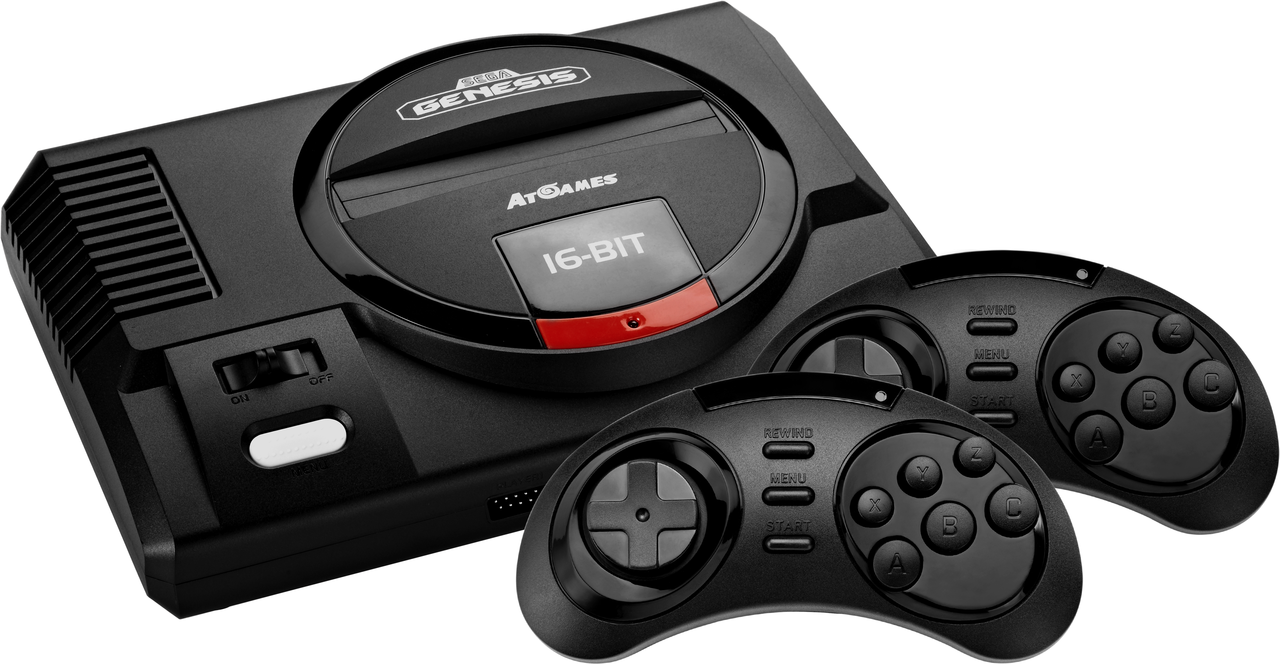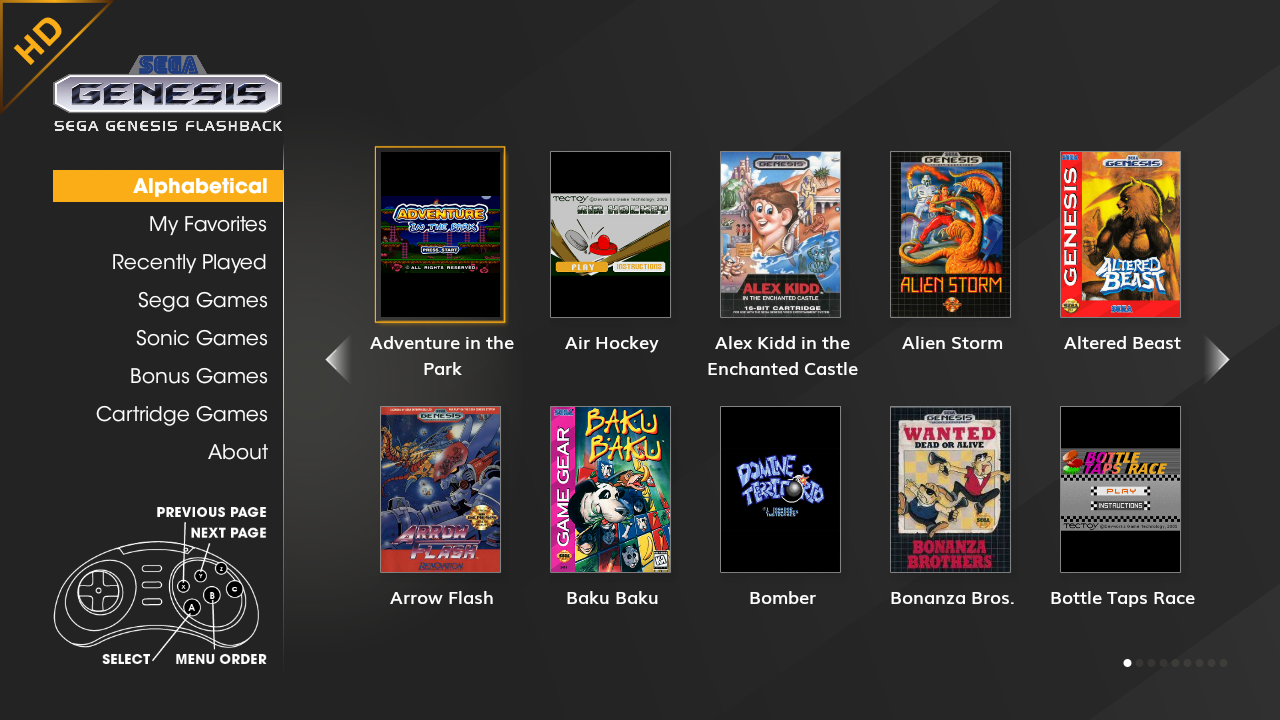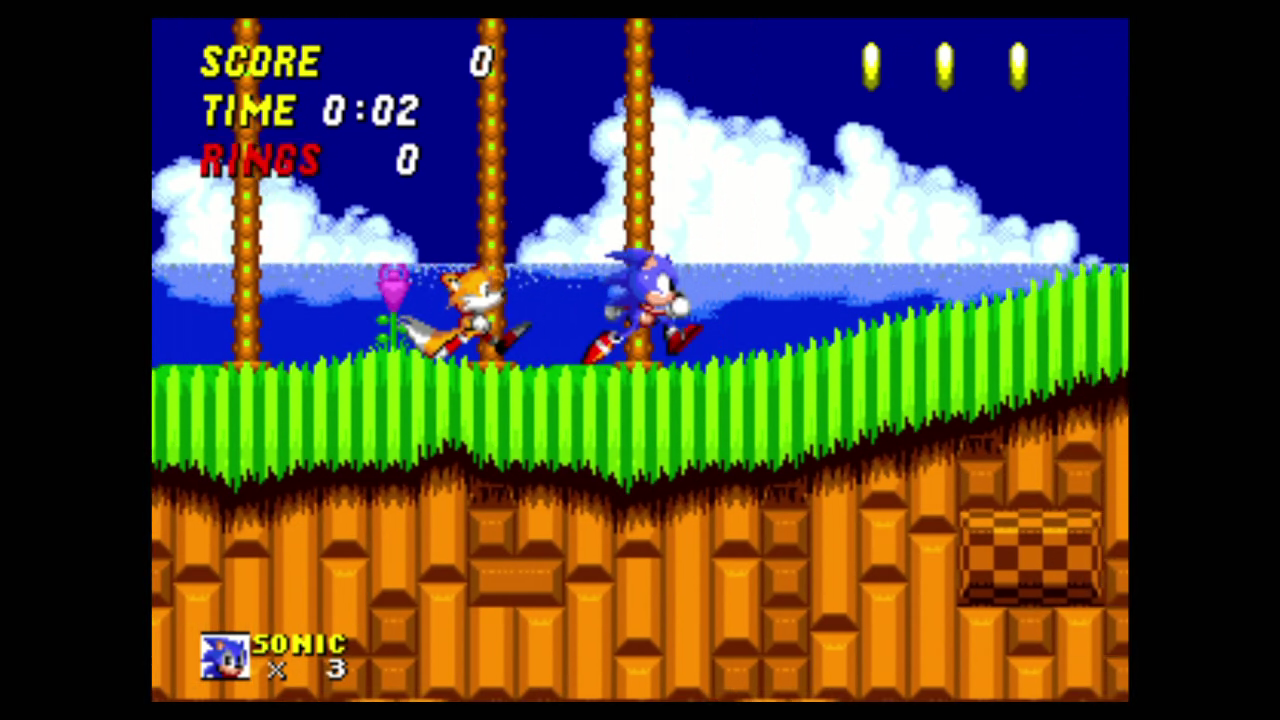Nintendo's NES Classic isn't just a convenient way to play beloved NES games: it's an easy-to use console that looks the part and plays games the way you remember with a few new quality-of-life features. Marketing and distribution woes aside, it's the best example of a multi-game classic console to date, precisely because it does what you expect without major caveats.
Nearly a year later, we are now experiencing the fallout of the NES Classic's success: the arrival of competing classic consoles. This in theory is good news, but there's something important to keep in mind: Nintendo had direct control over the NES Classic. It understood the hardware, the games, and most importantly, how to deliver a user-friendly device that worked as expected. Without those advantages, any company producing a similar device faces an uphill battle in the face of passionate fans on the lookout for an authentic experience.
How easy is it to screw up a classic console like the NES Classic? Based on our time with AtGames' new Sega Genesis Flashback console, the answer is clear: very easy. The microconsole isn't without some merit (it technically works and includes some great games), and it may be the quick-fix some folks are looking for, but by-and-large it fails to play Genesis games the way you remember, has a misleading pitch, and relies on an unintuitive "operating system" that's not only difficult to use, but one that is also garish and finicky.

Let's start with the basics: The Sega Genesis Flashback is a console that's packaged with 85 built-in games, two 2.4 Ghz wireless controllers, and a cartridge slot that allows you to use Sega Genesis and Mega Drive cartridges--Mega Drive being the name of the Genesis throughout Europe and Asia. It plugs into your TV's HDMI port and outputs a 720p video signal.
The first thing you notice when you open the box is the look of the unit. Barring AtGames' logo emblazoned above the system's familiar "16-BIT" decal, it's a close approximation of the Model 1 Genesis. The included wireless controllers are modelled after the six-button Genesis controller that originally shipped with the redesigned Model 2 Genesis, and while the buttons feel slightly stiff, they're okay overall. So what's the catch? The controllers run off AAA batteries, cannot be recharged, and the batteries can only be replaced by removing a screw to access the battery compartment. You also need to supply your own batteries (read the ever-so-fine print) so prepare ahead of time or get ready for a trip to the store for power, and potentially a small Phillips-head screwdriver. Should you have any wired Genesis controllers kicking around, those will also work, thankfully.
Where the NES Classic had an efficient design that allowed the unit to be powered through a nearby USB port on your TV or on modern consoles, Sega Genesis Flashback requires the use of a slightly bulky AC adapter.

So you get your batteries together, plug in the Genesis Flashback and turn it on. After a short loading screen, you're met with a simple-looking menu with categories on the left and games on the right. And the first two games you see? Adventure in the Park, and Air Hockey--two games that you've probably never heard of because they were never released on the Genesis. As with AtGames' previous Genesis consoles--the company has been at this for years--Sega Genesis Flashback is packed with games that you've never heard of, and that you probably don't want to play. Not up for a game of Mr. Balls, Plumbing Contest, or Yawning Triceratops? I don't blame you.
In total, there are 28 unofficial games, 45 Genesis games, and 12 games that appeared on either the Sega Game Gear or Sega Master System. It's worth noting that if you add up the games based on individual browsing categories from the menu, you'll only count 42 games. This is because Mortal Kombat, Mortal Kombat 2, and Mortal Kombat 3 were mistakenly left absent from the "Sega Games" category. It's a small oversight, but one that echoes the overall lack of attention to detail that plagues the system throughout.
Take menu navigation, for example. The d-pad on the controller is used to navigate the list of games on the right, but in order to scroll through categories, you have to use the B and C buttons. You can't pick a category using the d-pad and then proceed to use it for browsing games. In practice, you're using buttons on the right side of the controller to navigate items on the left side of the screen, and vice versa.
Unintuitive UI aside, there's a nasty issue with the wireless controllers that appears, without fail, every time you turn on the console. During our tests, the wireless controllers failed to register the first press of every button on the controller when navigating the menu screen. Whether it's the d-pad, or the A, B, and C buttons, expect to press an individual button twice the first time you need to use it. This issue doesn't appear when using a wired controller.

These faults could all be overlooked if the included games ran well, but again, prepare for disappointment: nearly every game exhibits constant frame drops. It appears as though auto-frame-skip is being used to account for inefficient emulation of real Genesis hardware. For some games, such as the excellent strategy game Shining Force, this isn't a huge deal. But when you're playing Sonic The Hedgehog, a game known for being fast and smooth, the missing frames and choppy animation are an undeniable source of frustration and disappointment. This doubles when playing a fighting game like Mortal Kombat or Virtua Fighter 2.
One of the most attractive aspects of this HDMI-enabled Genesis is that it supports actual cartridges, but again, things aren't as simple as they seem. In order for the system to read a game you need to insert it before powering on the console. While it would be nice to be able to swap cartridges without power cycling the console, it's not an egregious requirement. However, should you insert a cartridge that's dirty or unsupported, you need to remove and replace the cart and reboot the system to double check if it's the system's fault or the condition of the game itself, and endure a bootup screen and allow the cartridge to be dumped to RAM all over again. When a game does work, the system displays a screen with multiple instances of the same game. Which one do you pick? It's a game in and of itself. And unsurprisingly, the same frame rate performance issues noted above apply to cartridge-based games.
While it's true that AtGames' Sega Genesis Flashback is a tempting product in light of Nintendo's recent efforts, it is nothing like the NES Classic. Nevermind that it's filled with classic Genesis games--many of which you can buy today on Steam, PSN, or Xbox Live. It's a misleading and faulty product that is marketed to trick you, to play off of your love of classic Sega games and your residual admiration of the NES Classic. The legacy of Sega Genesis deserves far better than this opportunistic cash-in.

